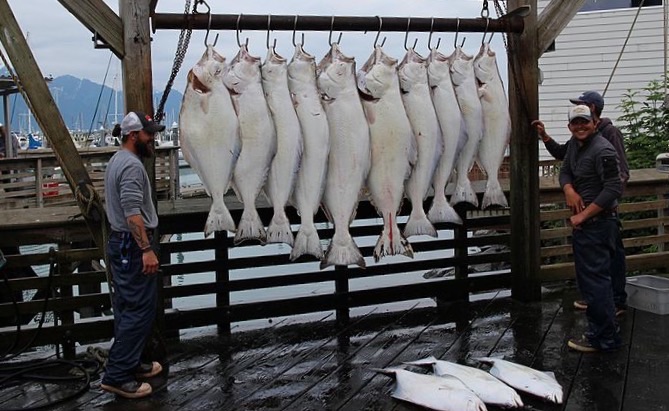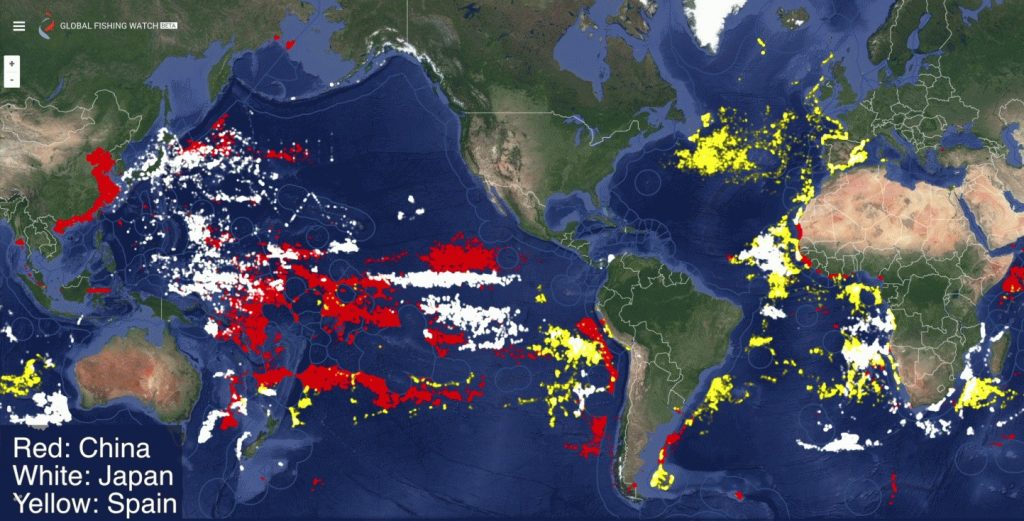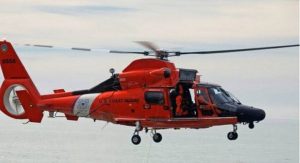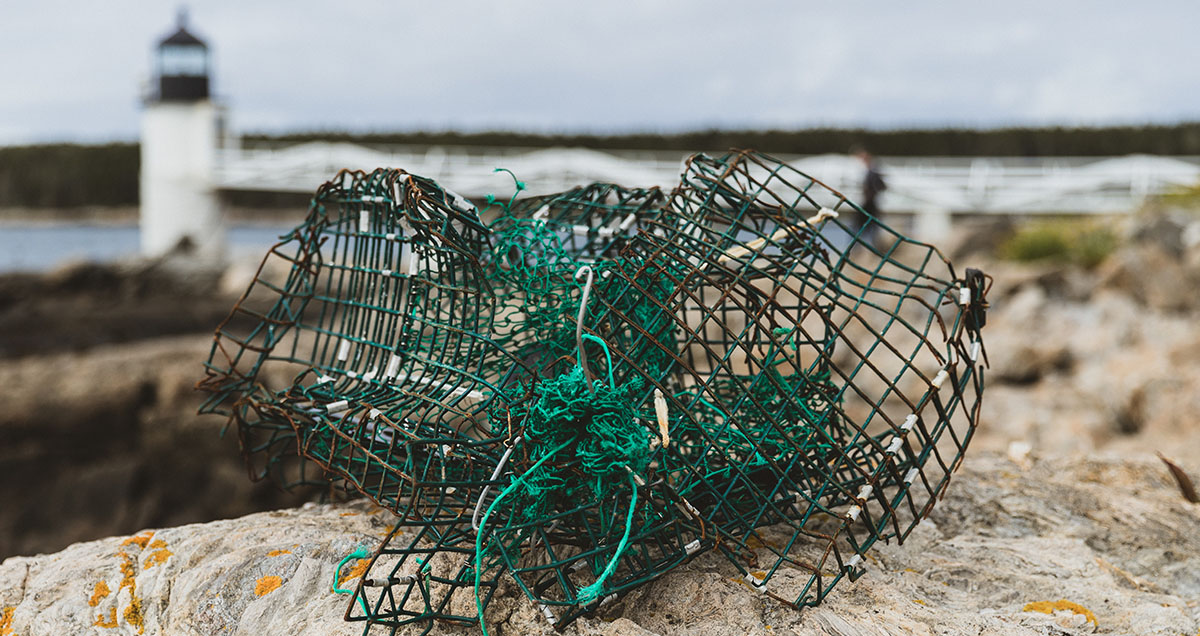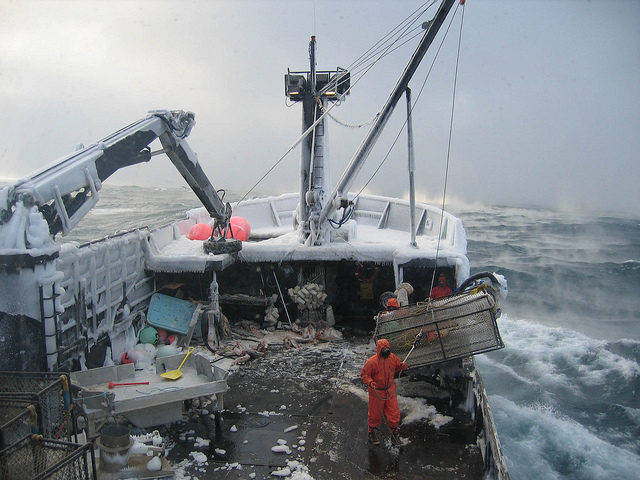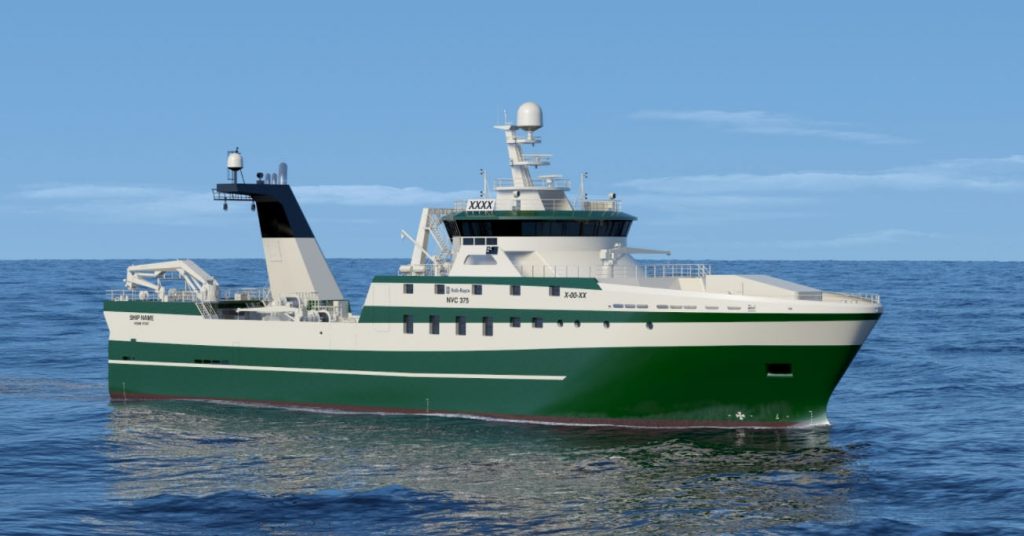FDA Approves New Animal Drug Application for GMO Salmon
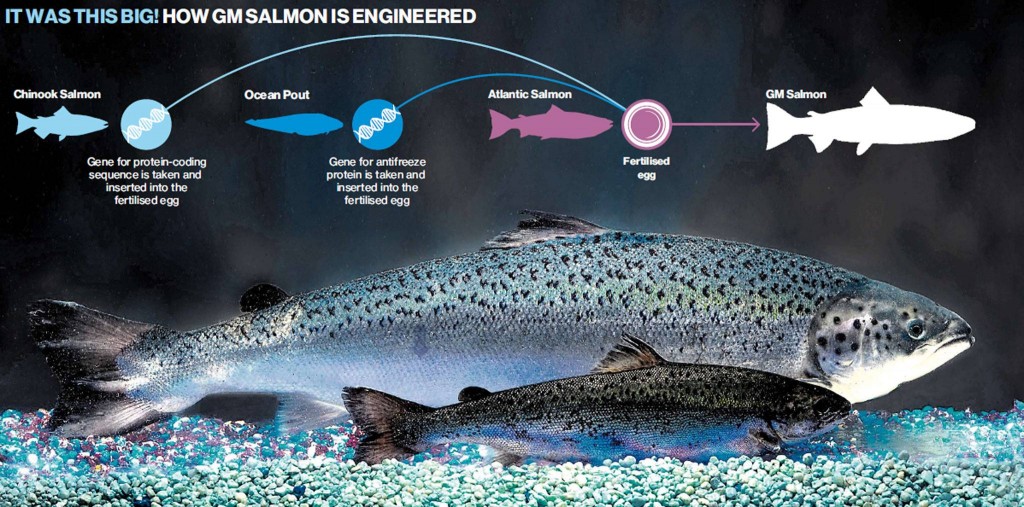 Last week, the Food and Drug Administration approved a supplemental New Animal Drug Application (NADA) submitted by AquaBounty Technologies, Inc. While the original application was approved in 2015, this current application grants AquaBounty Technologies, Inc. the right to raise a GMO salmon species it has developed called AquAdvantage salmon at their farming facility near Albany, Indiana. The facility uses growth tanks rather than ocean pens and will be able to grow 1,200 tons of GMO salmon per year. The facility was designed so it can be expanded quickly to meet higher levels of demand for the new product.
Last week, the Food and Drug Administration approved a supplemental New Animal Drug Application (NADA) submitted by AquaBounty Technologies, Inc. While the original application was approved in 2015, this current application grants AquaBounty Technologies, Inc. the right to raise a GMO salmon species it has developed called AquAdvantage salmon at their farming facility near Albany, Indiana. The facility uses growth tanks rather than ocean pens and will be able to grow 1,200 tons of GMO salmon per year. The facility was designed so it can be expanded quickly to meet higher levels of demand for the new product.
As soon as the FDA and Department of Agriculture agree on guidelines for consumer labeling of the genetically engineered AquAdvantage salmon, the company will be allowed to import the genetically modified eggs from their facilities in Canada and Panama, where the company currently genetically engineers its eggs. The eggs will then be grown and sold in the U.S. market.
According to an FDA report, AquAdvantage salmon is a genetically-engineered fish that can reach market growth more rapidly than nonmodified farm-raised Atlantic salmon. The fish are able to grow quickly because they contain DNA composed of the growth hormone gene found in Chinook salmon under the control of a gene from another species of fish called an Ocean Pout, which keeps the Chinook growth hormone gene switched on. This creates a fish that can grow to market weight in 18- to 20-months vs. the 28- to 36-month period it takes to grow farm-raised Atlantic salmon. Wild salmon growth rates vary widely depending on the species.
 Maritime Injury Law Blog
Maritime Injury Law Blog


